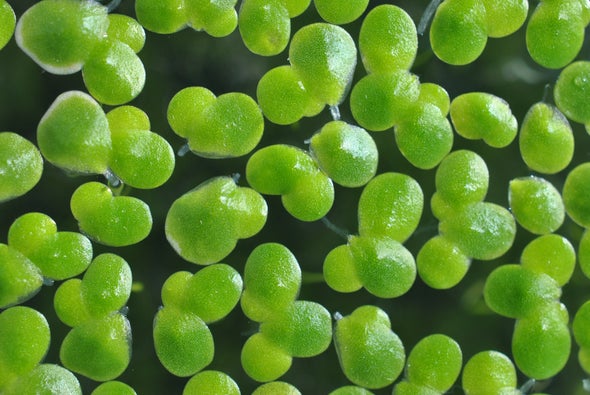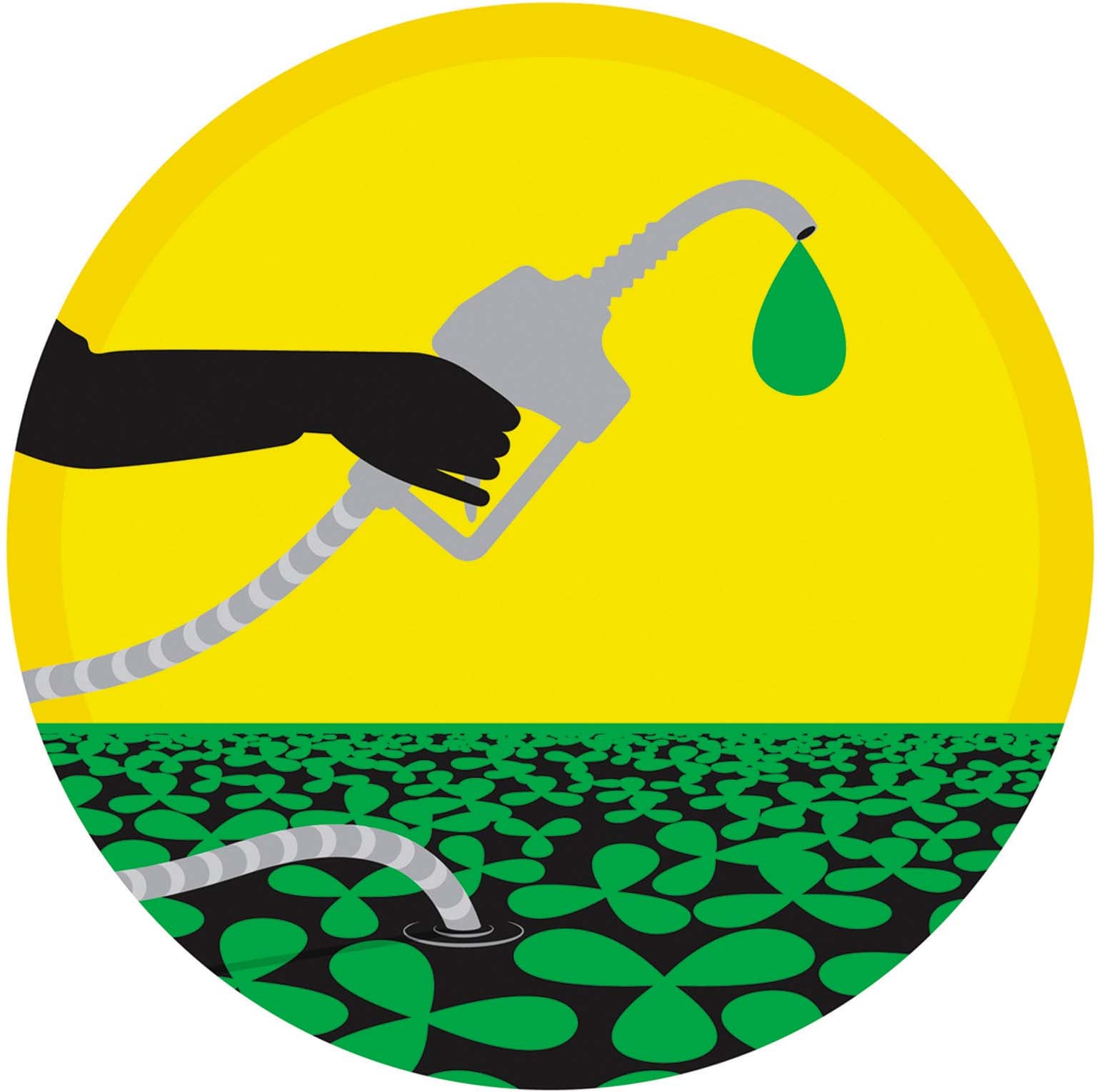
With concerns over sustainability increasing in the energy industry, fossil-fuel companies have embraced plans to revamp, rather than decommission, vast networks of steaming, flashing and aging refinery pipelines into more eco-friendly assets.
In 2020, two Bay Area refineries—operated by Phillips 66 in Rodeo and Marathon in Martinez—made a pair of announcements that the facilities would halt petroleum processing and transition into massive renewable fuel plants.
Many California officials are hopeful that biofuel—power sources derived from biomass, such as soybean oil and used cooking oil—may help bolster the state’s ambitious goals to generate less carbon-intense energies and reduce greenhouse gases to a number 40% below 1990 levels by the year 2030.
Martinez’s transition was completed last year; the $850 million “Rodeo Renewed” project proposed for the Phillips 66 refinery will soon permanently shut down crude oil processing at the facility—potentially producing some 800 million gallons of renewable fuels annually.
But despite biofuel’s framing as a green solution, a growing number of environmentalists, scientists and activists are warning against embracing the refining technology. Some argue that biofuels do not adequately mitigate greenhouse gas emissions and that their production generates pollution and disrupts global food supplies.
In their eyes, fossil-fuel producers are using the transition to biofuels as “greenwashing,” an attempt to rehabilitate the industry’s public image using the language of environmentalism.
There may not be many legal avenues for local communities to push back against the transition plans.
“Biofuels” is just the latest evolution of the industry’s deceptive buzzwords, according to Gary Hughes, the Americas Program Coordinator with the nonprofit advocacy group Biofuelwatch. He said the concerns about environmental and health impacts associated with fossil-fuel refining should bring additional scrutiny to the facilities’ operation for biofuels.
“Moving toward biofuels is just a gimmick and a trick to fool the public into going along with something to protect the $60 billion company with toxic, stranded assets sitting on the shore of the Bay,” Hughes said. “It’s a climate dead-end that could very well make the climate situation worse.”
A peer-reviewed study published in early 2022 in the journal PLOS One found that oil companies “are pledging a transition to clean energy and setting targets more than they are making concrete actions.”
In September, California Attorney General Rob Bonta filed a 135-page lawsuit aiming to hold oil and gas companies financially responsible for a “decades-long campaign of deception.”
Hughes pointed to the Marathon refinery in Martinez, which officially stopped accepting crude oil and fully transitioned to producing vegetable oil and animal fats in January 2023. County lawmakers unanimously approved the project in May of 2022, but Hughes cited recent research asserting that flaring immediately ramped up following that refinery’s conversion, largely tied to the more intensive use of hydrogen needed to process renewable diesel.




